In this article
View 8 More +The American Bobtail is a beloved breed with a unique, stubby tail. Although they are well-known for their bobbed tail, they are also popular due to their playful and loving personalities. Some American Bobtail enthusiasts refer to them as Golden Retrievers among cats since they have a puppy-like and affectionate nature. They are adored for their many excellent qualities, which we will discuss in more detail below.
Breed Overview
Height:
10 inches
Weight:
11–20 pounds
Lifespan:
15–20 years
Colors:
Black, brown, cinnamon, chocolate, blue, orange, white, gray, silver, lilac
Suitable for:
Families with children, seniors, multi-pet households, adventurous owners, first-time cat owners
Temperament:
Intelligent, active, affectionate, bold
The American Bobtail has a slightly rugged appearance. Their thick double coats are built to be rain-resistant, and their eyes are often described as “hunter-like.” They come in all sorts of colors and have large, deep-set eyes. However, the easiest way to identify the American Bobtail is by their short and stubby tail.
Despite their wildcat appearance, the American Bobtail is a charming companion, always eager to curl up in your lap and snuggle. They are the ideal companion for families and households with other animals due to their tolerant and friendly disposition.
American Bobtail Characteristics

American Bobtail Breed Kittens
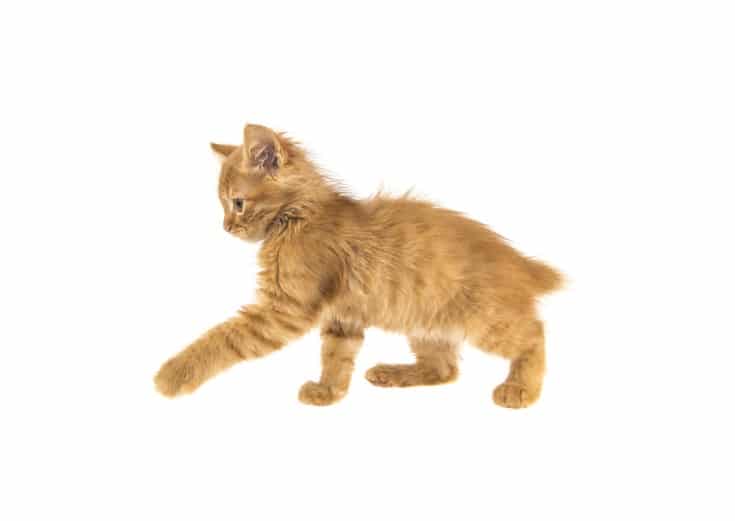
Compared to other breeds, the American Bobtail is uncommon, and finding one for your family may prove to be a challenge. You’re unlikely to find a purebred American Bobtail at your local animal shelter; however, it is not a bad idea to check there first. If the shelter has an American Bobtail in need of a loving family, you could be the perfect candidate.
While spotting an American Bobtail at the animal shelter is somewhat unlikely, bringing one home is far from impossible. You can browse your local pet store to see if they have any American Bobtail kittens looking for a new home.
When shopping at pet stores, be aware of the conditions that the animals are kept in. If the animals appear sickly, injured, or forced into cramped conditions, you should not support that pet store. Another way to find your American Bobtail is through a breeder.
When researching breeders, take your time to investigate each option thoroughly. You must find a breeder that is knowledgeable, ethical, and responsible. Irresponsible breeders can produce American Bobtail litters that are prone to genetic conditions. If the breeder you are looking into appears questionable for any reason, do not hesitate to walk away and search elsewhere.

Temperament & Intelligence of the American Bobtail
The American Bobtail’s temperament makes them an ideal pet. They are lively, playful, and clever. They also love playing with their family members, whether they are adults, children, cats, or dogs. As a frisky, intelligent cat, the American Bobtail enjoys a good mental challenge.
In addition to your regular stock of cat toys, it is advised that you provide a good rotation of puzzle toys for your American Bobtail. Rotate them frequently so your cat cannot get too accustomed to the first puzzle before moving on to the next, ensuring their mind is constantly busy. Without proper enrichment, your American Bobtail can get into mischief to stave off boredom.
American Bobtails are praised for being highly adaptable. They can thrive in large estates, small apartments, huge families, and small households. As long as their needs are met, their level-headedness will allow them to adjust to any scenario. This makes them excellent travel companions for more adventurous types.
They are not especially vocal cats but chirp or meow when they want your attention. American Bobtail owners will often find their cats following them around as they complete household chores since they love to socialize with their favorite humans. At the same time, they aren’t overly needy or demanding. While they love to be around their families, they also have moments of independence.
Another fantastic quality of the American Bobtail is their remarkable sense of empathy. They can quickly become attuned to your emotions and attempt to provide support and affection when you need it. For this reason and more, the American Bobtail is a truly exceptional companion.
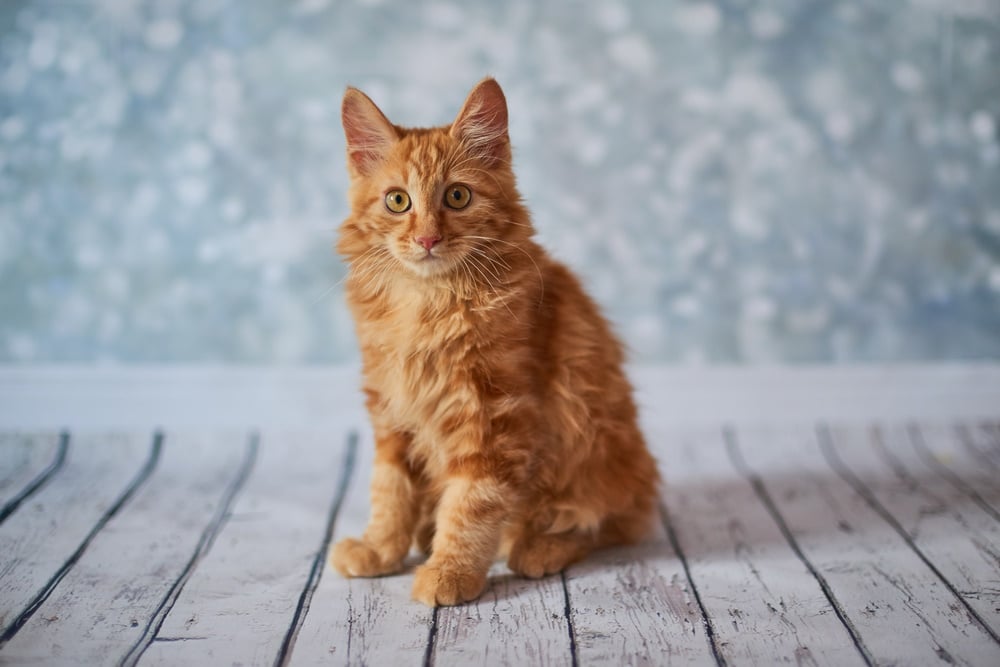
Are These Cats Good for Families? 👪
The American Bobtail is a perfect family cat. Their affectionate nature and lively disposition make them a great friend to all sorts of cat owners. No matter your age, the American Bobtail will love to spend time with you; they will sit in the laps of seniors or run around and play with children.
One thing that American Bobtail owners should be aware of is that the American Bobtail can be too clever for their own good, sometimes. They’re known to escape closed rooms and locked cages, so ensure you have extra security to prevent your American Bobtail from getting into places they shouldn’t.
Does This Breed Get Along With Other Pets? 🐶 😽
If you have multiple pets in the home, the American Bobtail is an excellent addition to the mix. Regardless of whether you have a cat or a dog, the American Bobtail will treat them equally. As long as all parties are properly introduced and socialized, the American Bobtail will become fast friends with other four-legged creatures.
However, smaller animals may not be the best roommates for the American Bobtail. This includes hamsters, birds, and mice. The reason is the American Bobtail’s prey drive. Your American Bobtail may view smaller creatures as meals, causing them to chase (and possibly injure) a tiny pet.
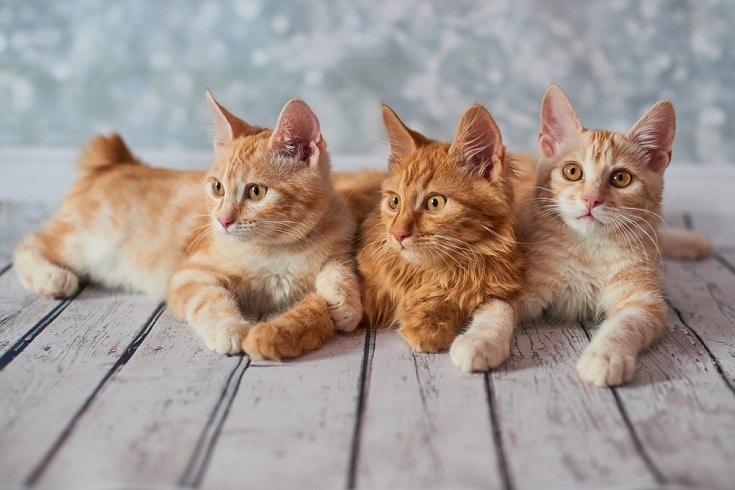

Things to Know When Owning an American Bobtail
While the American Bobtail’s personality makes them an ideal pet, there is more to owning this cat than you think. Potential American Bobtail owners should also be aware of the breed’s care needs to ensure they can provide the best quality of life possible for their new cat.
Food & Diet Requirements 🐡
High-quality meals are a staple of the American Bobtail’s good health. Without nutritious food, your cat may be more susceptible to health conditions. Therefore, cat owners should seek out cat foods certified by the Association of American Feed Control Officials (AAFCO) to ensure they feed their pets a well-rounded diet.
Obesity is a common issue among cats and is even more prevalent in the American Bobtail. You should carefully monitor your American Bobtail’s food intake to ensure that they are not overeating.
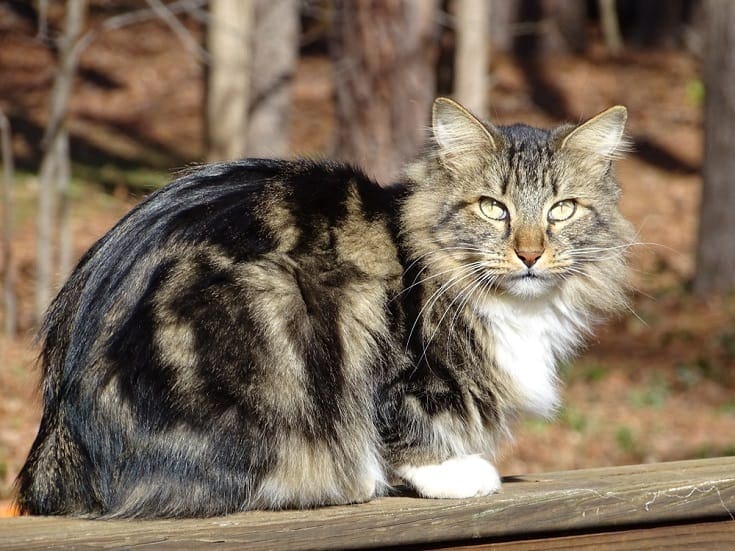
Exercise 🐈
Convincing the American Bobtail to exercise shouldn’t be difficult since they’re naturally active. Since American Bobtails are playful and social, engaging your cat in regularly scheduled playtime is a great way to keep them moving.
When you are away from the house, interactive toys, cat trees, and scratching posts can provide exercise for your American Bobtail. Leave plenty of toys around the house when you are away so your American Bobtail can keep themselves busy until you return.
Training 🧶
The American Bobtail is an intelligent breed and easy to train. Many first-time cat owners enjoy the American Bobtail because they are quick to learn and not difficult to teach. They’re highly empathetic and can pick up on your emotional cues.
It is crucial not to allow yourself to become visibly frustrated or upset during training if your cat is having a hard time learning something new. This may cause your American Bobtail to dislike training, which will only make the process more challenging.
Similarly, harsh correction methods such as yelling and punishments should never be used. Not only are they ineffective, but they are also counterproductive as they discourage your cat from trying to learn. These methods can also damage the bond that you have built with your cat. Instead, focus on reward-based training and provide praise and treats when they do something correctly.
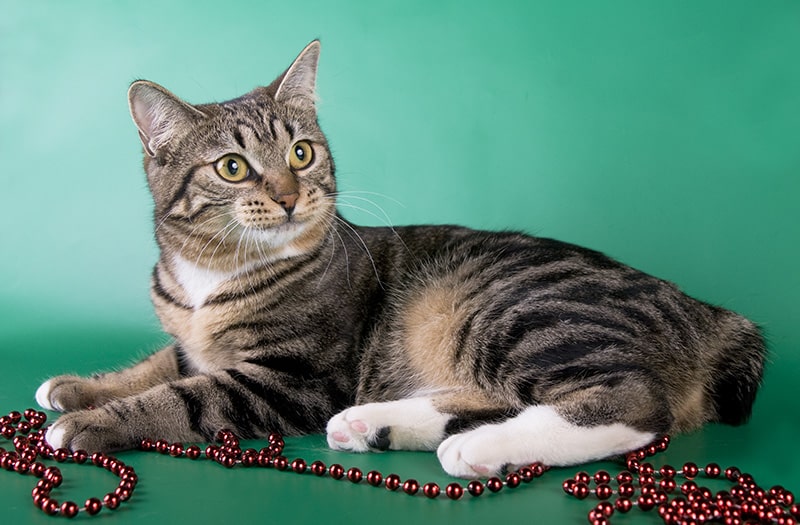
Grooming ✂️
The American Bobtail has a double coat, so you must brush it regularly to minimize shedding. A few times per week is usually sufficient. During the shedding season, you need to brush their coat more often.
In addition to maintaining your cat’s coat, you should also care for their ears, teeth, and nails. Their ears should be checked and cleaned once or twice monthly, and their teeth should be brushed weekly. As for their nails, trim them around every month.
Health and Conditions 🏥
The American Bobtail is a fairly healthy cat, but like any breed, they are prone to certain conditions. According to the ASPCA, two of the most common health issues the breed experiences are obesity and diabetes.
Since these conditions can both be linked to diet and weight management, American Bobtail owners must pay close attention to their cats’ diets. Another common issue to watch out for is ear infections.
- Ear infections
- Obesity
- Diabetes
Male vs Female
Typically, male American Bobtails are larger than females. If you’re looking for a smaller cat, it is recommended that you search for a female American Bobtail.

3 Little-Known Facts About the American Bobtail
1. They Are Popular Therapy Animals.
Due to the American Bobtail’s empathetic nature, the breed is becoming a popular therapy animal. Their sensitivity to human emotions makes them an excellent candidate for soothing people in need.
2. There Are No Pedigreed Cats in Their Ancestry
Unlike other breeds, the American Bobtail doesn’t have any pedigreed cats in their ancestry. Once, breeders even used feral cats when breeding the American Bobtail!
3. Other Bobtail Breeds Exist.
Other Bobtail breeds exist in the world, such as the Asian Bobtail. However, they aren’t related. As strange as it may sound, the gene that contributes to the American Bobtail’s short tail is not the same as the gene that the Asian Bobtail has.
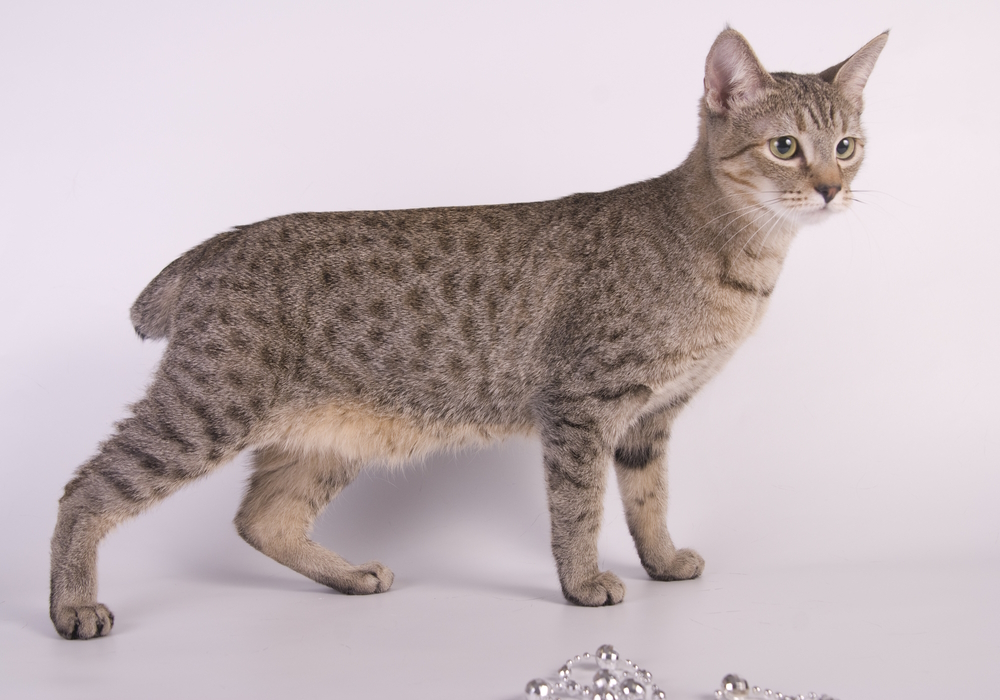

Conclusion
The American Bobtail is a beloved breed with countless extraordinary qualities. They are playful, affectionate, and empathetic, making them remarkable companions. Any family dynamic, from single households to families with children, can benefit from the American Bobtail’s presence. With their adaptable nature and friendliness toward other animals, you can house the American Bobtail with plenty of other cats and dogs.
Owners of the American Bobtail should be aware of their cat’s predisposition to obesity and diabetes. Having a close relationship with a trusted vet will help you stay on top of your American Bobtail’s health to ensure they live the best life possible. Remember, owning a cat isn’t just about what they can give you; it’s also about what you can give in return. With the American Bobtail, there are abundant benefits to giving and receiving.
Featured Image Credit: Ievgeniia Miroshnichenko, Shyutterstock
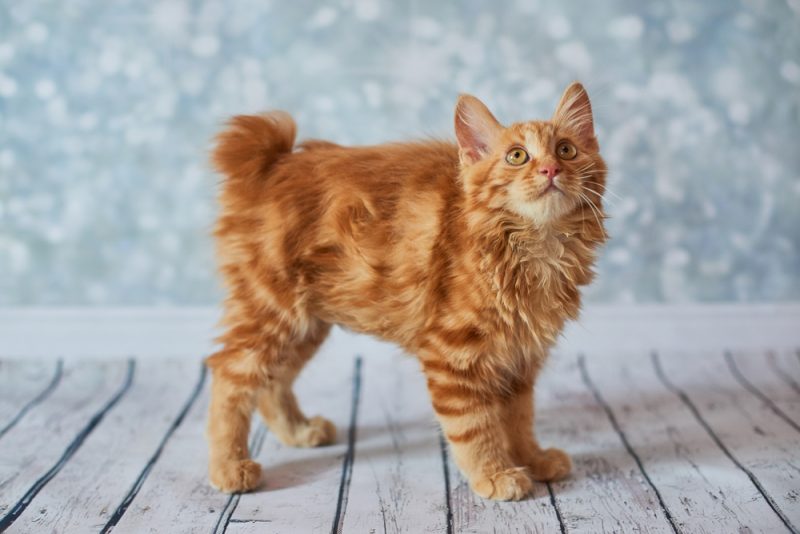

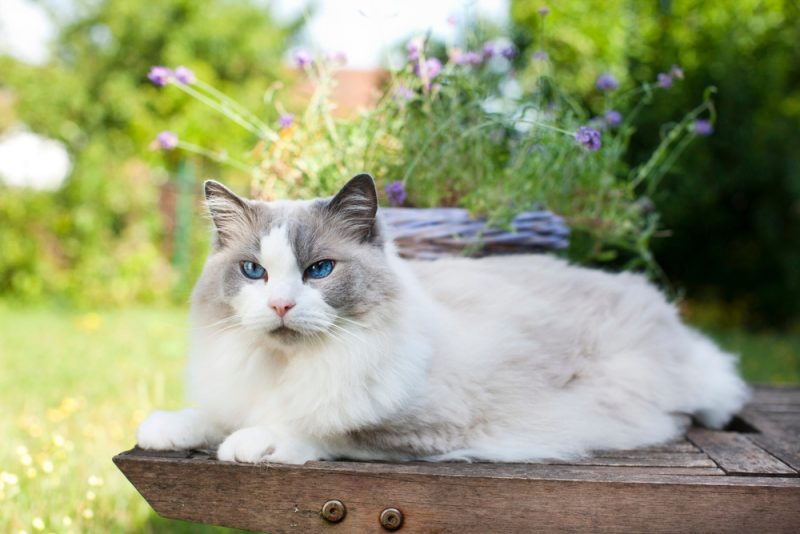
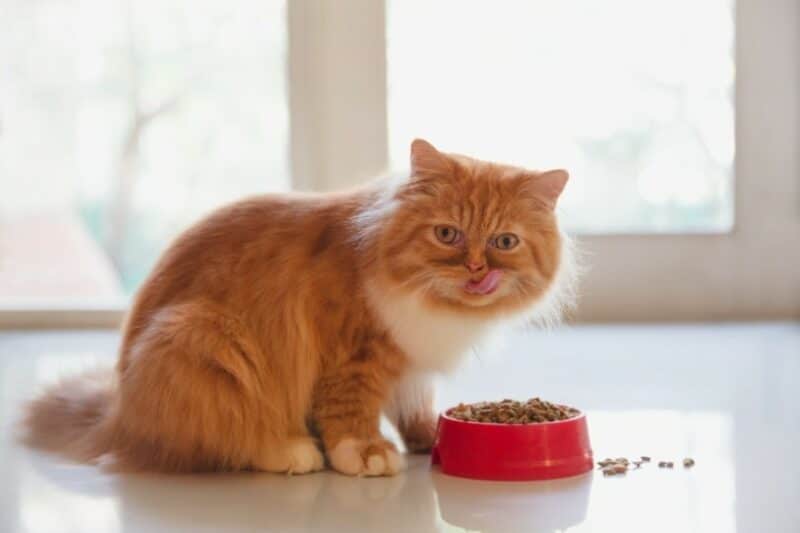
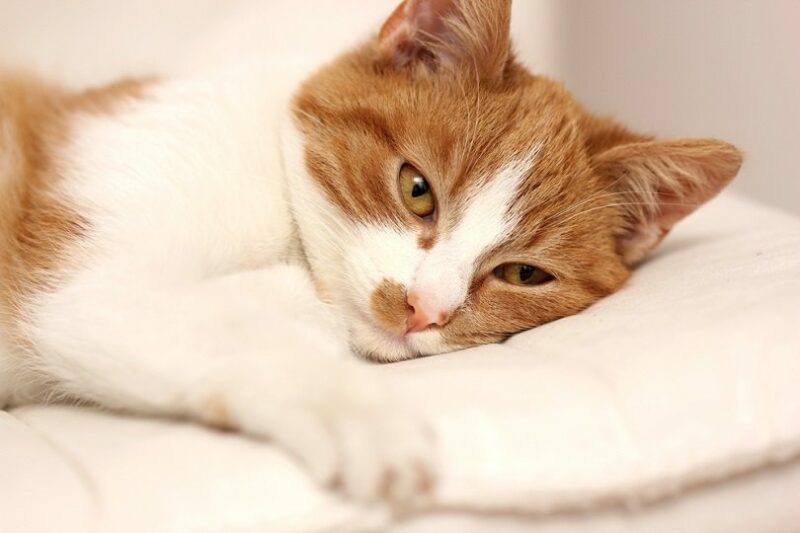
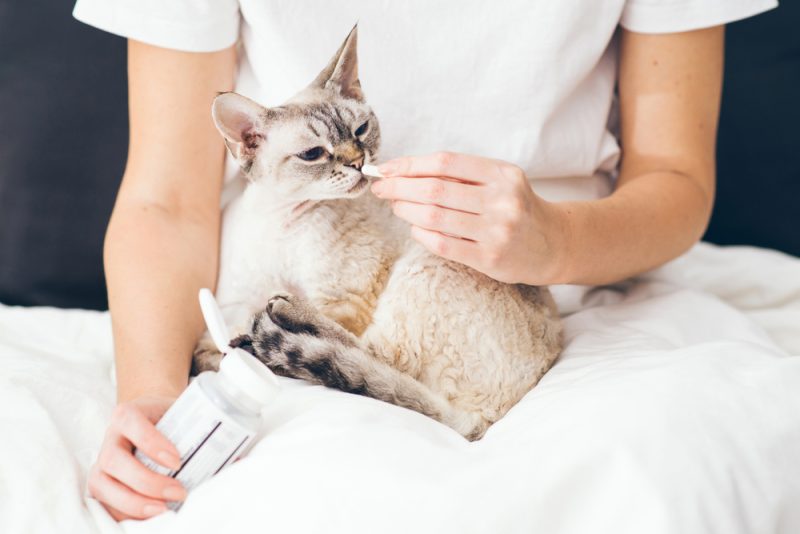
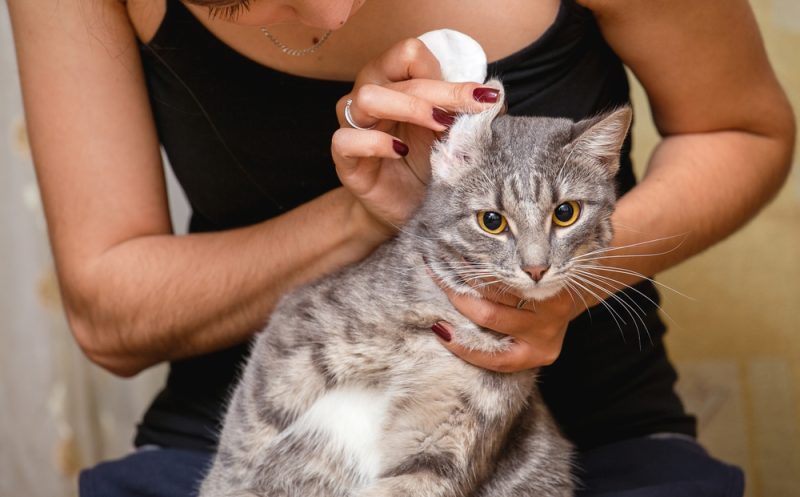

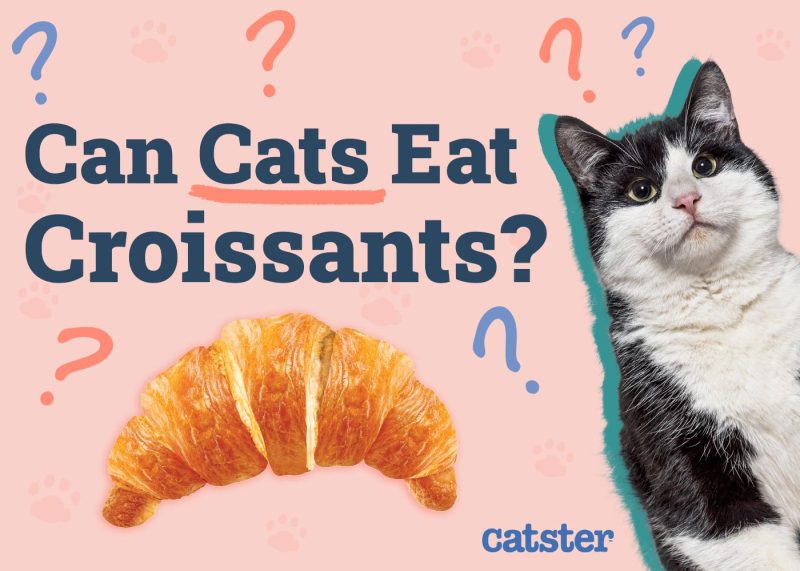
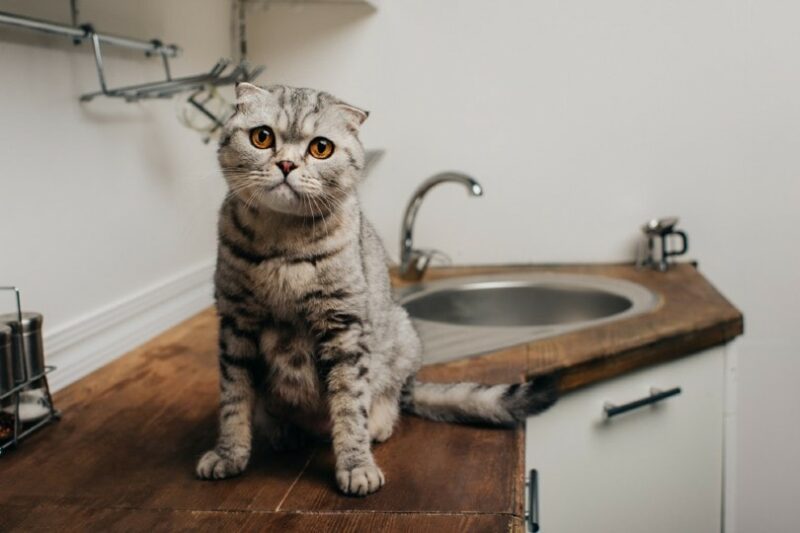
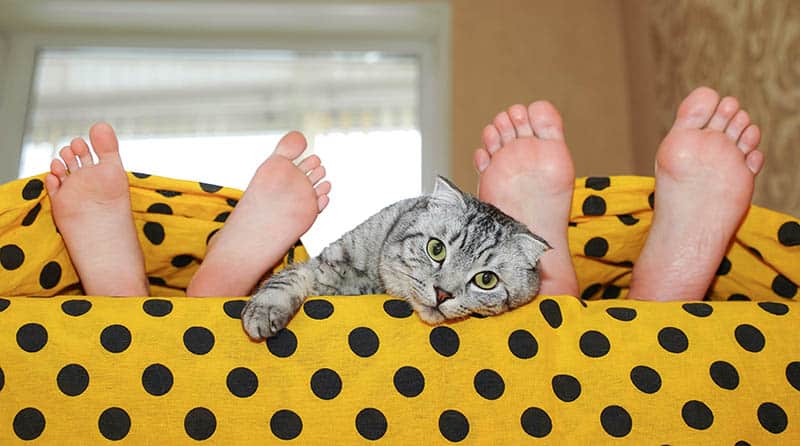
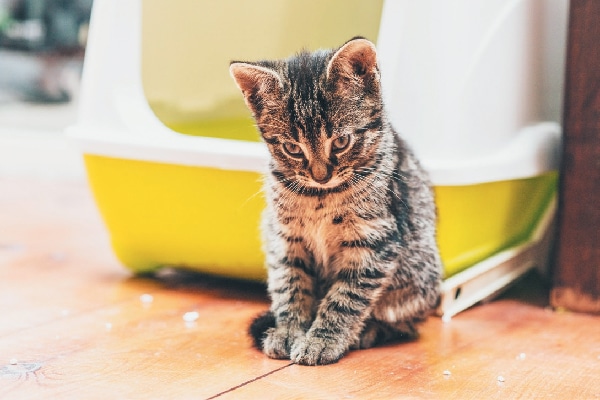
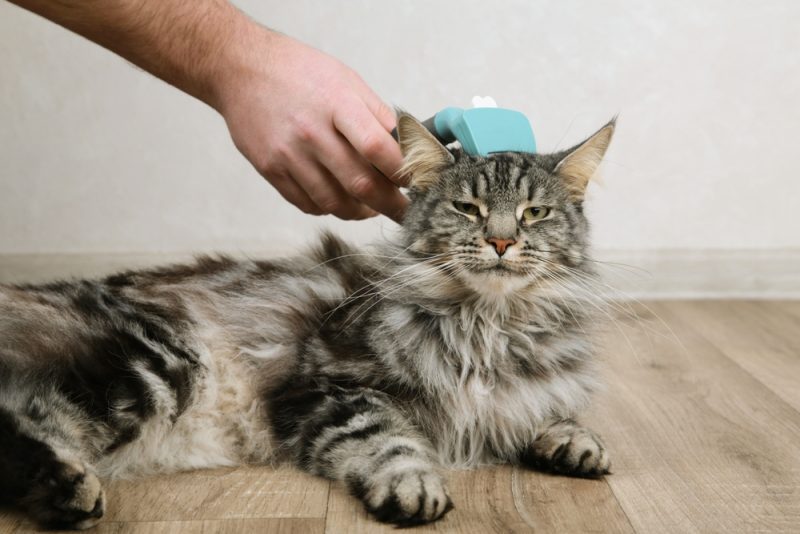
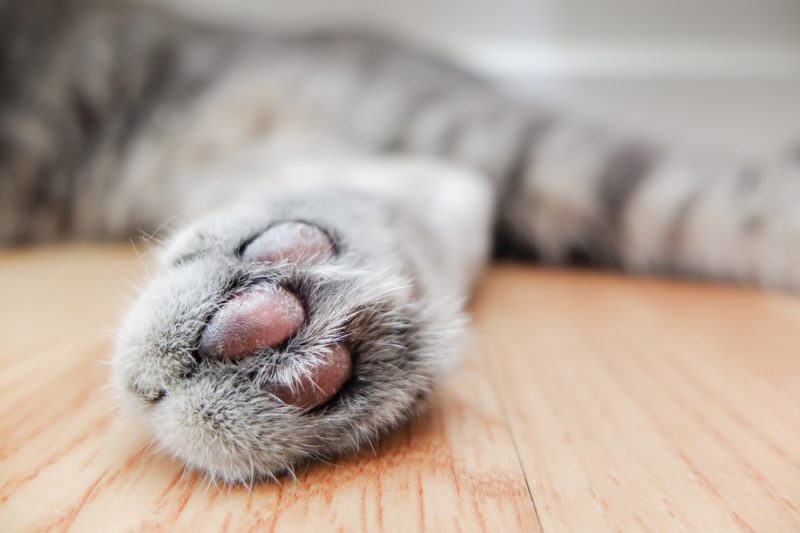
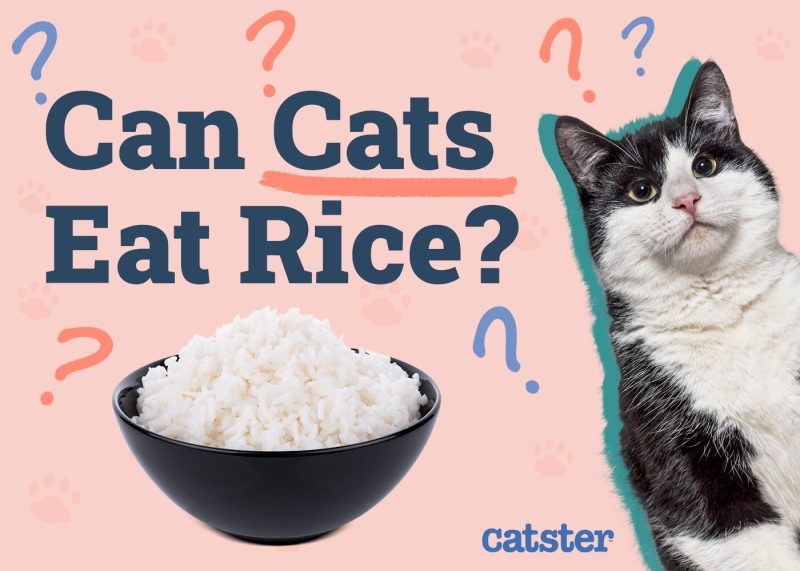
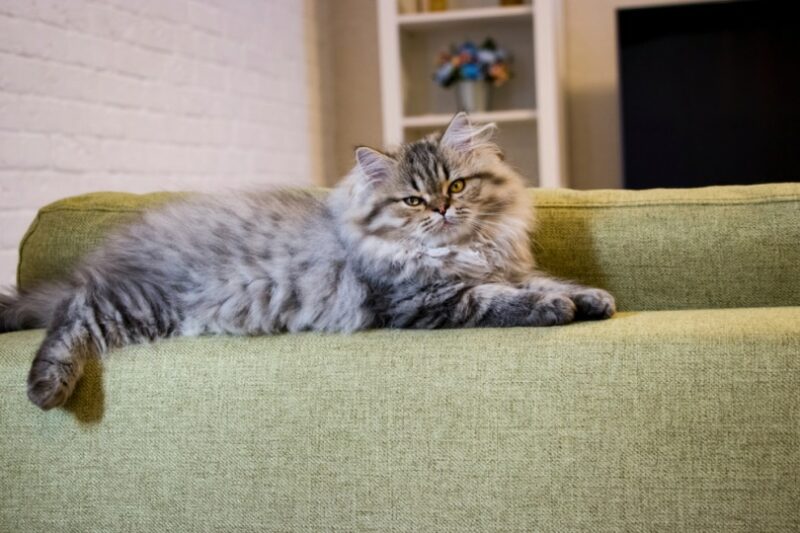

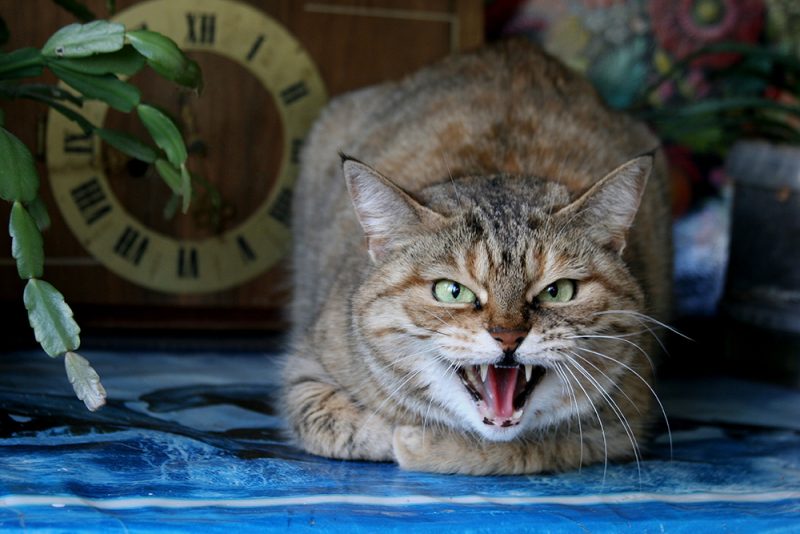

One Response
I'm looking for a male to be part of my family…